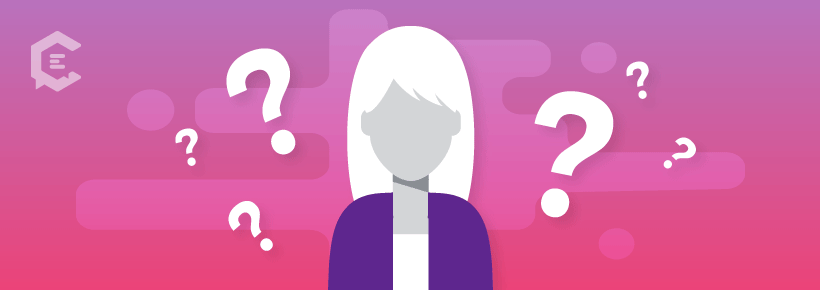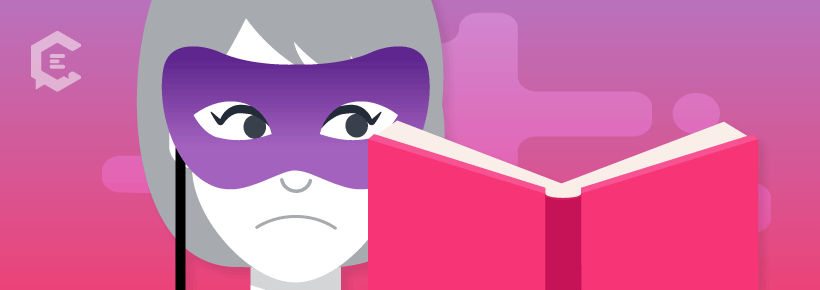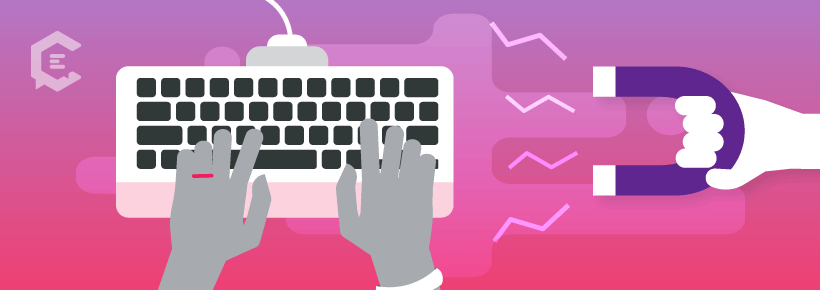Though romantic comedies may paint a different picture, there is a major gender divide within media. In honor of Women’s History Month, we’ll be celebrating the past, present and future of female wordsmiths.
According to the Women’s Media Center, the statistics definitely aren’t sugar-and-spice-and-everything-nice: It took The New York Times 160 years to hire a female editor-in-chief. At USA Today, 70 percent of writers are male, along with The Wall Street Journal at 66 percent. In fact, 62 percent of published content — from digital media and print to TV and wires — are under male bylines. Though CNN online and The Huffington Post are more balanced, most sites haven’t achieved gender parity.
[Editor’s note: ClearVoice’s blog, with hundreds of articles, has slightly more than 50% female bylines.]
Considering the route to become a bonafide journalist is tough enough, when you add “female” to the mix, the battle to build a robust freelancing career is even more demanding. At the helm of plenty of lifestyle publications are women — but acknowledging their achievements in a professional landscape (i.e., journalism awards), and giving them a spot at the board table to make decisions that impact the future of marketing and media is still lacking.
Bottom line, like with any industry, there is a long way to go with giving women the same journalistic opportunities as men.
Though recent films — including ‘Mary Shelley’, ‘Colette’ and ‘The Wife‘ — have brought to light the injustices infamous women wordsmiths have faced, there’s much to say about the continuous road to gender fairness in media. In honor of Women’s History Month in March, we’ll be highlighting the past, present and future of female-led journalism and writing.
From giving a briefing on the strides we’ve already taken to providing strategies from successful female journalists themselves on how to build an empire, let this series empower you beyond girl power — and evoke your boss lady.
Here, fascinating, historical feats from female writers.

First published works are unknown.
So who was the very first female author? Sadly, it’s a bit impossible to know, considering the initial works of art are widely unknown. Either because they were published “anonymously’” or with a male name, it’s tricky to fully understand when the first women wrote a story or a novel. Though our best bet is pretty obvious: the same time men started scribbling.
It wasn’t until the introduction of women’s literary history into the academic sphere that curious scholars first dug into the archives themselves and found some answers. It took decades — er, centuries — to shift the conversation and make way for legendary authors to contribute their works of art, one that was sparked by Mary Wollstonecraft’s ‘A Vindication on the Rights of Women in 1792’.
As you might expect, women were at the forefront of discovery, eventually finding ‘The Revelations of Divine Love‘ by Julian of Norwich, published in the late 1300s. Most sources credit her as the first woman to complete a book in English, but more so, hers is the only one that, somehow, survived.
Other changemakers? According to the academic databases: Ann Franklin, the first newspaper editor. And Anne Bradstreet, the first poet in America. Also Hannah Adams, touted as the first American woman to become a professional writer.

We didn’t know their names for a reason.
It’s no secret many writers use pseudonyms, all for various reasons. Some may not want their name associated with certain topics, while others desire a separation from their professional and personal life.
But in the 19th century (and before), it is often believed women picked common male names or initials in an effort to be taken seriously. Publishing houses wouldn’t entertain female writers, and when they did, it was only for certain genres of literature or journalism, mostly what’s considered fluff pieces today. Famously, Louisa May Alcott wrote under A.M. Barnard when she published ‘Little Women’, and Mary Ann Evans followed the same strategy, publishing under George Eliot to write ‘Silly Novels by Lady Novelist’, a critique of the way women were portrayed in the 1800s.
Though it might seem as if bylines that bleed blue or pink aren’t quite as important these days, a non-gender byline has remained a preferred method for many female journalists and writers, including the world’s first billion-dollar author, J.K. Rowling, who weaved together the enticing Harry Potter series. ‘The Wife’, starring Glenn Close, portrays a modern-day story of a husband-and-wife writing duo, where the man takes the fame, and the woman takes the backseat. Nominated for an Oscar, the film is evidence the topic continues to boil blood.

Journalism has long been skewed.
Female journalists who report on topics across the board have been working to earn their seat on the masthead for hundreds of years — and the climb continues. There are many strong pioneers who laid their stake in the ground, including Anne Newport Royall, who is sometimes called “the first newspaper woman,” who didn’t begin her career until she was 51. But she made up for lost time, eventually reporting on federal government, and interviewing U.S. president John Quincy Adams.
Another iconic late-bloomer was Sarah Josepha Hale, a mother of five who became the first female magazine editor of Godey’s Lady Book in 1837. Margaret Fuller was the first female staff member of the New York Herald Tribune, and then grew as a foreign correspondent in 1846 for the Tribune.
As for the first woman to take home a Pulitzer? It wasn’t until 1951, when Marguerite Higgins earned (much deserved) attention for her incredible war reporting for The New York Herald Tribune. Famously, General Walton H. Walker told her “[t]his is not the type of war where women ought to be running around the front lines” during the Korean war. She protested — and made her way to the front lines.
Soon after in 1960, Miriam Ottenberg was also recognized with a Pulitzer for her work in The Washington Star, after publishing a lengthy piece that uncovered used car dealers who were in cahoots with finance companies. Eventually, her work changed legislation and laws.
Most recently, the former first female editor of The New York Times, Jill Abramson, spoke out about her experience of leading not only as a woman, but in the world of fake news. Her new book, ‘Merchants of Truth’, will illustrate her journey, along with providing a lean-in like perspective for aspiring female writers, though, unfortunately, not without controversy.

Looking forward.
Plenty of women’s magazine editors are, in fact, female. But newspapers? Not so much. And digital reporting or advertising agencies? Not rosy either. In fact, it’s been only a little over 30 years since women were officially regarded as ‘Ms’ — and not just ‘Mrs’ — in The New York Times.
Though tides continue to shift, thanks to the work of diligent trendsetters who refuse to give up, there is always a long way to go. In fact, this is only a small fraction of the historical achievements made by female writers — much like women who are only getting started in their masterful work within the media landscape. In an age where news is written, digested and distributed quickly, many female writers have taken the opportunity to chase after the work they deserve, as well as fair pay for their craft.
In our series, we’ll explore how women can supercharge their careers — and reap the success they’ve worked just as hard (if not harder) than men to achieve.



